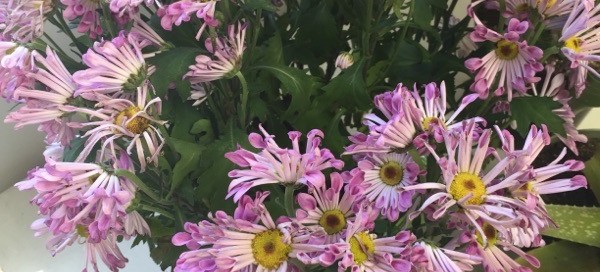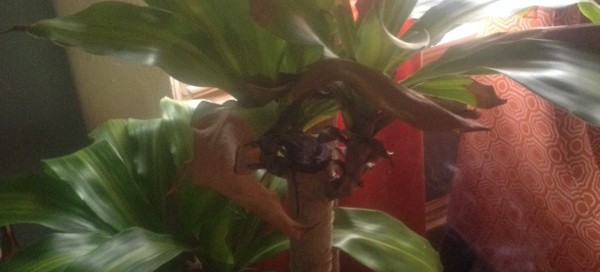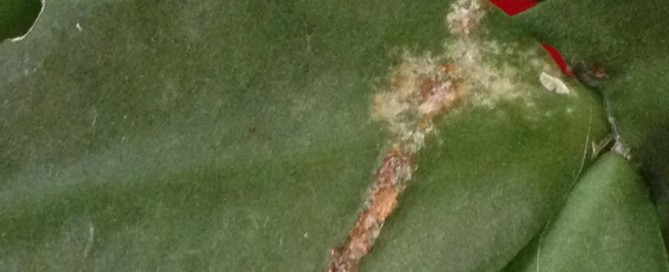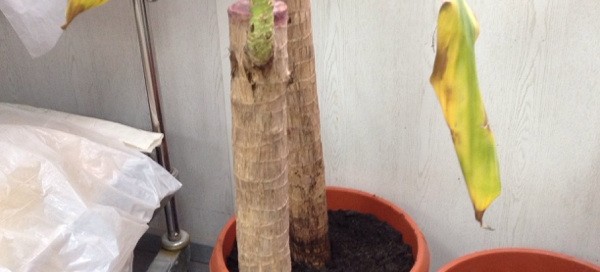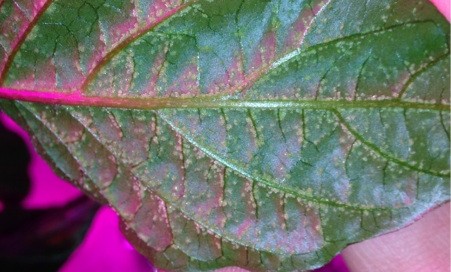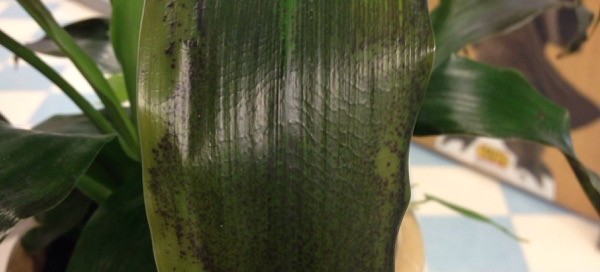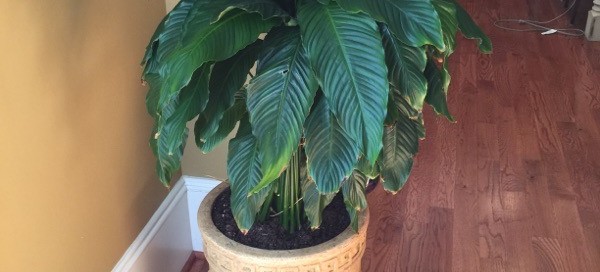Spoon Mum
This is spoon-petal mum, so named because of the shape of its petals. They are often sold for Easter or Mother's day plants, and should be considered a long-lasting "cut flower" not a plant that will be hardy though the winter. But since there are many varieties of these spoon mums, and some of them can be hardy on Long Island, you could keep it alive indoors until late May and then plant it outside to see what happens. Be sure to remove any gift foil that might be on the pot, and don't' let the plant dry out and wilt. Gift plants like this are usually root bound and will dry quickly. By the same token you don't want to keep mums constantly wet or let the pot sit in a saucer of water because this causes root rot and a yellowing/dying of the foliage. Plant this outside in a sunny location and water when dry at first, then once a week after the end of June. Cut the faded flowers off the top, leaving at least 6 inches of leaves and stems. After that you'll have to let the plant go through the next winter to find out if this one is hardy for you.
